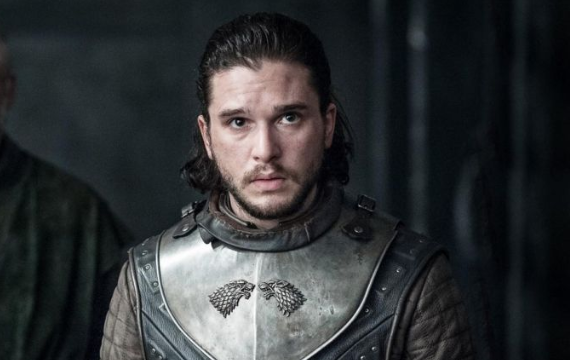We can be heroes: Redefining Jungian archetypes for the 21st century
The archetypal hero is a much-used trope in advertising, but is is time to update the stereotype? After all, it’s what Jung would have wanted, writes 303 MullenLowe’s Mil Djurovic.
Torah Bright. David Bowie. Jon Snow. The modern-day world is brimming with individuals whose heroic feats have continued to break gender bias in sport, music, entertainment and culture. And yet if we were to Google how Carl Jung defines a ‘hero’ in his original set of twelve archetypes, a wilful female snowboarder, a musical icon who challenged sexuality and an effeminate medieval warrior would unequivocally not fit the bill.
But why does this matter?



Good read, thanks Mil
If you are using archetypes in any way to have conversations with your clients about brands – chances are you’re not having very helpful conversations. The whole thing always was and always will be silly. The sooner they leave the planning community the more respect we will have (hopefully).